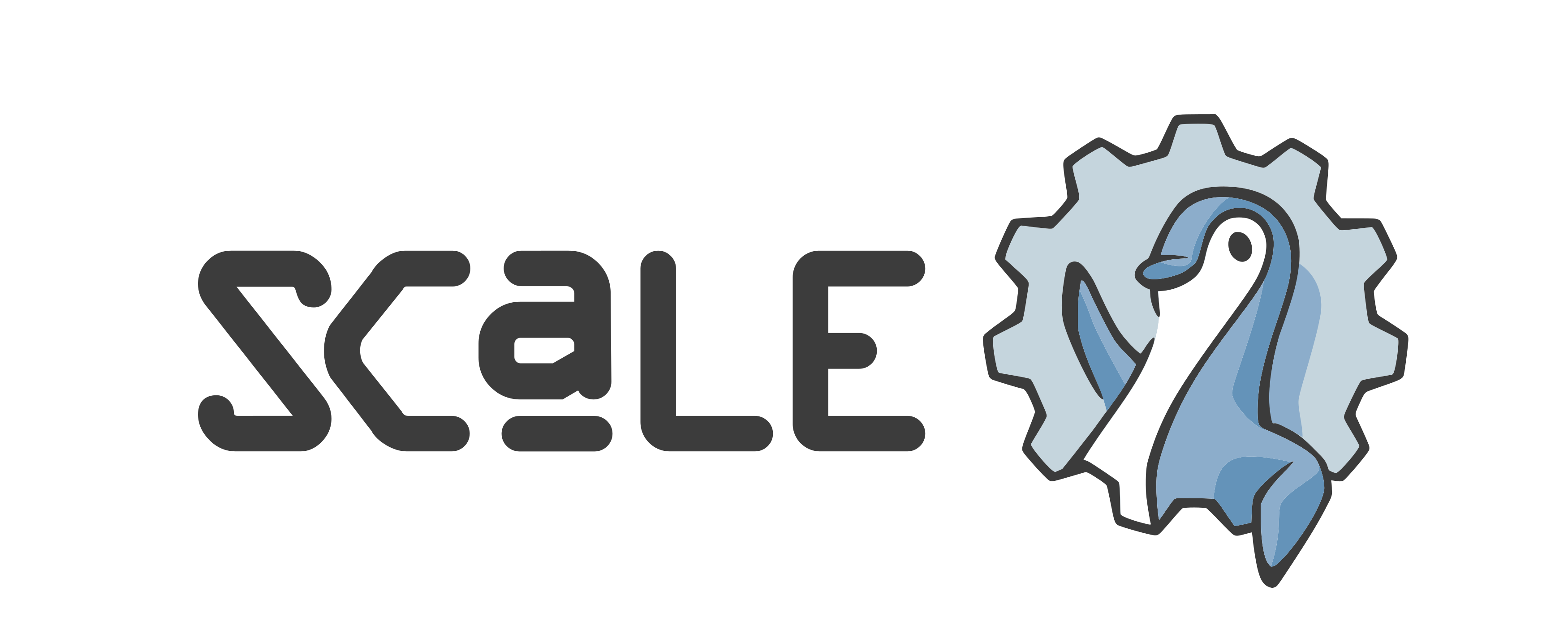Seamless migration from VMware to OpenStack using vJailbreak tool

Many organizations using VMware are considering OpenStack as a viable private cloud alternative due to its flexibility, scalability, and open-source nature. However, the migration process from VMware to OpenStack can present significant challenges, including concerns about application downtime, compatibility with existing workloads (especially Windows guests), and the complexity of managing large-scale migrations in an automated way. Some users may also be new to OpenStack and hence need an easy way to get started. On top of this, the cost of migration is non-trivial and can be a limiting factor for these organizations. In this presentation, we will discuss how you can overcome all these challenges with an easy-to-use migration tool called vJailbreak.
